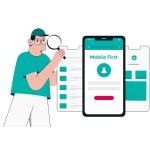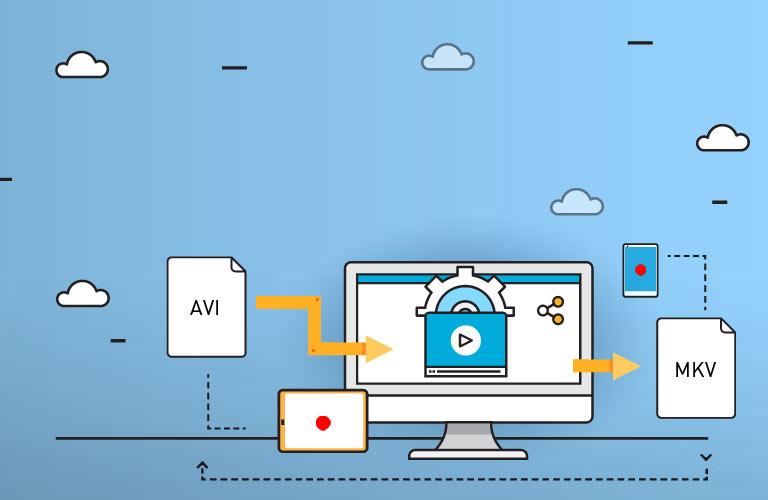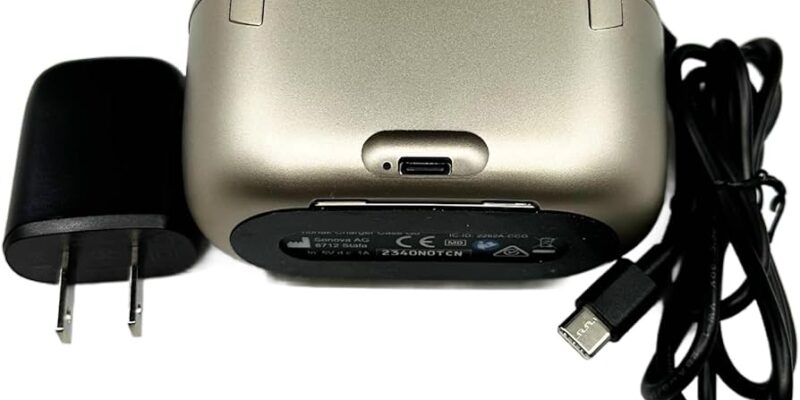The Complete Guide That Makes Reading Faster and Smoother
Reading rewards the persistent person. A 2019 meta-analysis of 190 studies has found that the average adult reads 238 words per minute for non-fiction. The reading rate for fiction is 260 words per minute.
Yet very few people live up to this high speed. They want to start reading faster, but they are unable to tackle a long essay or book.
What should your very first step be when you are reading literature? What should you do if you start to linger over a word or sentence? What should you do after you finish reading to promote your accuracy?
Answer these questions and you can become a faster and more accurate reader in no time. Here is your quick guide.
Preview the Reading Material
Take a minute before you start reading to look over the text. Peek at the title of the chapter, then look for any headings or subheadings.
This is especially important in textbooks. Many textbooks have subheadings to offset information that is less important than other details.
You can read the first paragraph quickly. But you should try to focus on the bigger picture instead of the small details. See what the first paragraph reveals about the rest of the text.
You may want to stop reading after you read the first paragraph. You should do so if you don’t want to continue. If you aren’t interested in the material, you will not have high reading accuracy.
If you are reading fiction, you can perform a quick skim to see where paragraphs break. You can also find where dialogues occur. This will clue your brain in to read to those places before taking a short break.
Find a Good Place to Read
It is hard to have a high reading speed in a place where you are not focused. Find a spot where you can sit down and focus on the text in front of you.
You can go outside, but you should stay away from any roadways. The sounds of passing cars may distract you, especially emergency vehicles with their sirens on.
If you want to stay inside, go to the second level of your house. You can go into an unoccupied bedroom or a side room. Try to find a place where there is limited Internet access so your phone or computer won’t distract you.
It is okay to use an electronic device to read. You can download one of the best Mac reading apps and read through different books. But you should disable the Internet on your device so you don’t lose focus.
Don’t Linger
As you are reading, you may encounter a term that you don’t recognize. It is okay that you don’t know the meaning of something.
Don’t sit there and stare at the word. Write it down so you can look up the meaning at another time. You should continue reading until you are done with the text.
Your mind may wander while you are reading. Snap your mind back to focus and move on to the next sentence. Re-reading the same sentence will slow you down without adding to your comprehension.
Don’t spend too much time writing down notes. Jot a quick thought and then return to reading. Never write things word-for-word or in long sentences.
Don’t Vocalize
Some people move their lips while they are read. They may read their text aloud, or they may do so involuntarily. Other people will read the text to themselves inside their heads while remaining silent.
Vocalizing will slow you down. You become locked into the speed at which you speak, which may be very slow.
Read only with your eyes and brain. If you catch yourself vocalizing in any way, stop yourself and return to the text in silence.
Skip Unnecessary Information
The captions to photographs may provide necessary details about the photographs themselves. But they are not always necessary to the overall text. Skim through a caption, but skip over its finer details.
Footnotes may give information on sources that the writer uses for their arguments. Unless you need those sources, you can skip the footnotes.
Text in parentheses is inessential. It may help you understand a character’s motivation in a story. But you can skip the text if you need to hurry up.
Avoid reading a foreword, afterword, or introduction to a text. Get straight into the body and come up with your own meaning for it. You can then return to the material you skipped for additional details.
Summarize When You’re Done
Write down a few sentences about the text after you have finished it. Keep to a general description of what you have just read.
Address why the text is so important. Go to a few details that demonstrate the value of the text.
You should also pinpoint how the author writes. Take a note of what their style of writing utilizes and how they achieve their ultimate meaning. This is essential for any creative work, including poetry.
Put things in your own words. Do not rely on lengthy quotes from your source, unless they are essential.
How to Start Reading Faster
You can start reading faster if you know what to do. Do a quick review of the material you are about to read. Look at the chapter title and similar materials like the subheadings.
Find a quiet place where you can sit and read. If you encounter an unfamiliar word, write it down and move on.
Avoid vocalizing as you are reading. Skip unnecessary details like captions and footnotes. Write a short description of the text once you have completed it.
Reading faster is one skill you can master. Hone your other skills by following our coverage.















